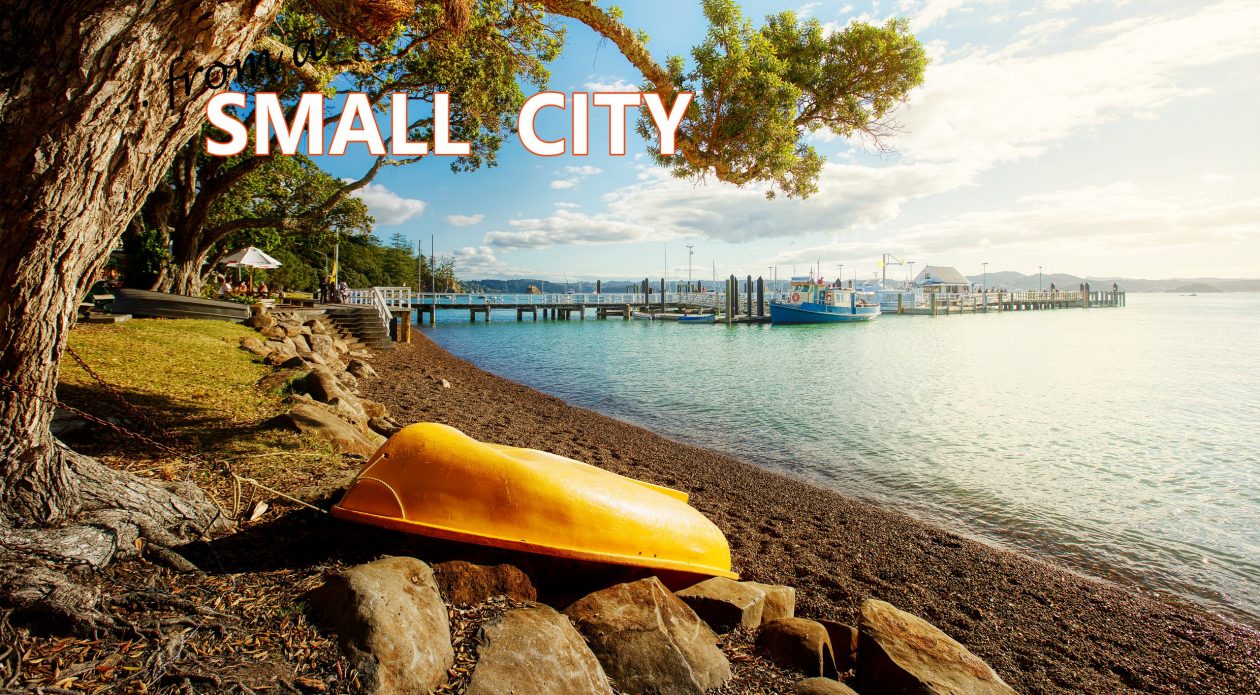 Dunedin’s Octagon In 1942 Kodacolor Film
Dunedin’s Octagon In 1942 Kodacolor Film
I awoke to rain. Not light misty rain that you can stand in for an hour and never really get wet, nor was it isolated showers that would invariably clear within the half hour. This was hard, heavy rain. The kind of rain that leaves you drenched from head to toe from a mere five metre dash to the letter box. I opened the curtains hoping that I was wrong and that I’d find to my surprise the rain clearing and the sun breaking through. It wasn’t! If anything, it seemed to be getting worse. From my lounge window I could see dark storm clouds engulfing the Dunedin coastline south from St Clair. I had planned to trek over one of the many Otago Peninsula walking tracks and usually rain doesn’t bother me, however on this occasion it did. I decided I wasn’t really in the mood to walk in the rain. I think it was the addition of the strong wind gusts that was the deciding factor.
I could see that it was going to be an inside day. But, being in a creative frame of mind I decided to see what magical inspiration I could find in some of my photographic programmes. Recently, I had been reading about the early development of colour photography. The Kodak company revolutionised the colour photography industry in 1935/1936 with the release of a film called Kodachrome. Since then, and particularly after World War II, Kodachrome became the world standard in colour film – the one against which all others were judged. With this in my mind, I went in search of some photographic presets within some of my software. I was interested in two things. Firstly, did I have anything that would replicate the early colour film look. Secondly, what would modern day Dunedin look like in replicated colour film?
So, to start things off, this is Dunedin’s Robbie Burns Statue, Cathedral, Clocktower and Municipal Chambers in Kodacolor, the first colour negative film introduced by Kodak.
 Dunedin Railway Station in Kodachrome 64
Dunedin Railway Station in Kodachrome 64





 Toitu Museum in Ektachrome Infrared
Toitu Museum in Ektachrome Infrared




